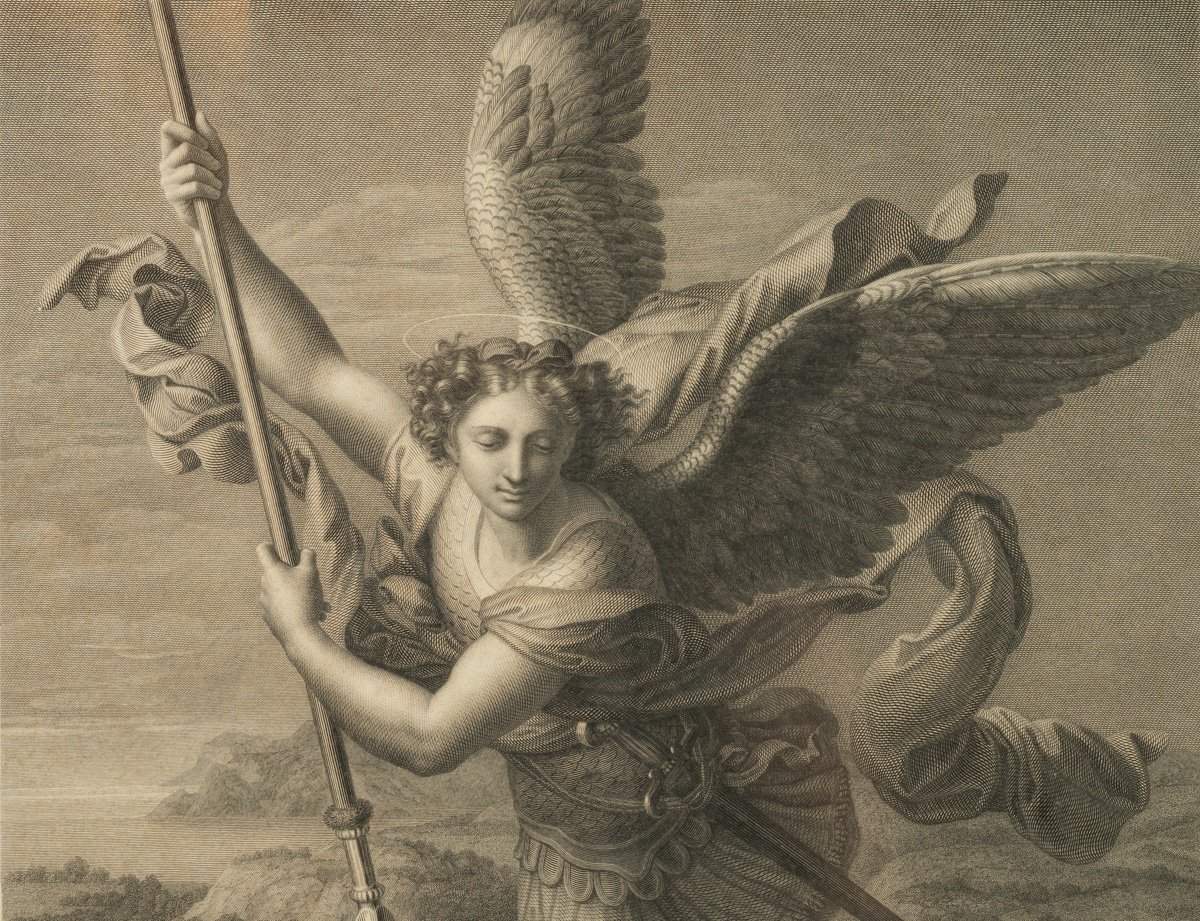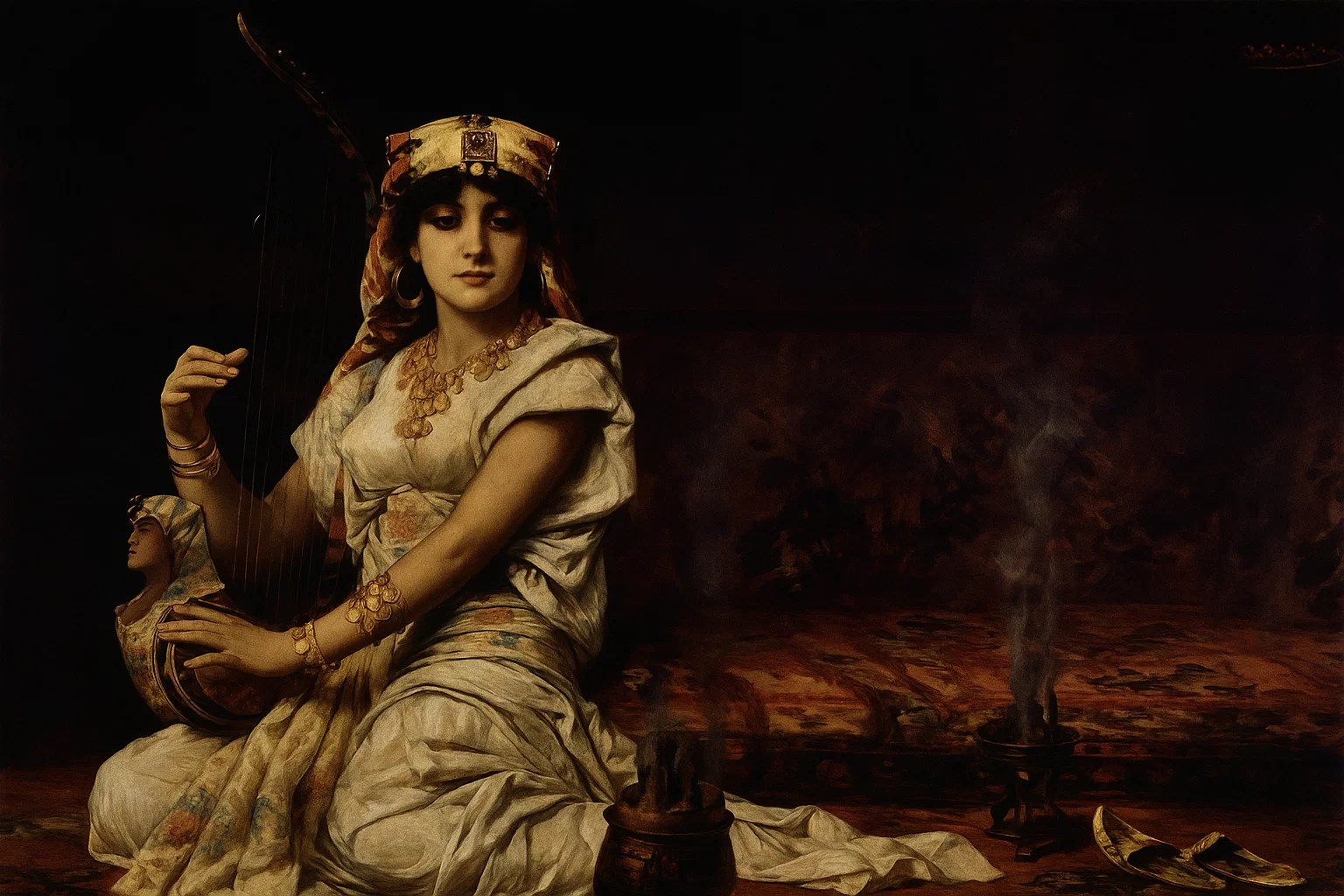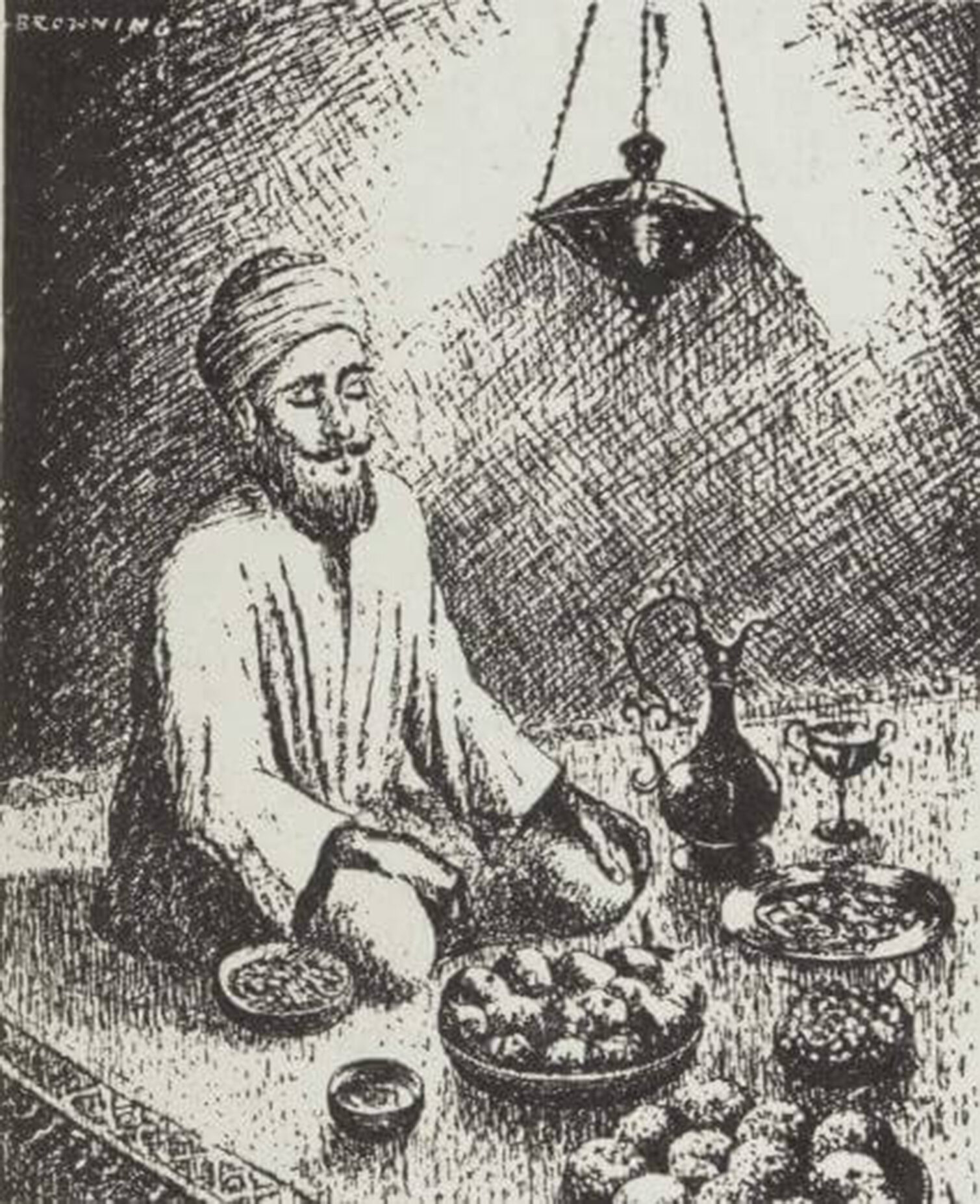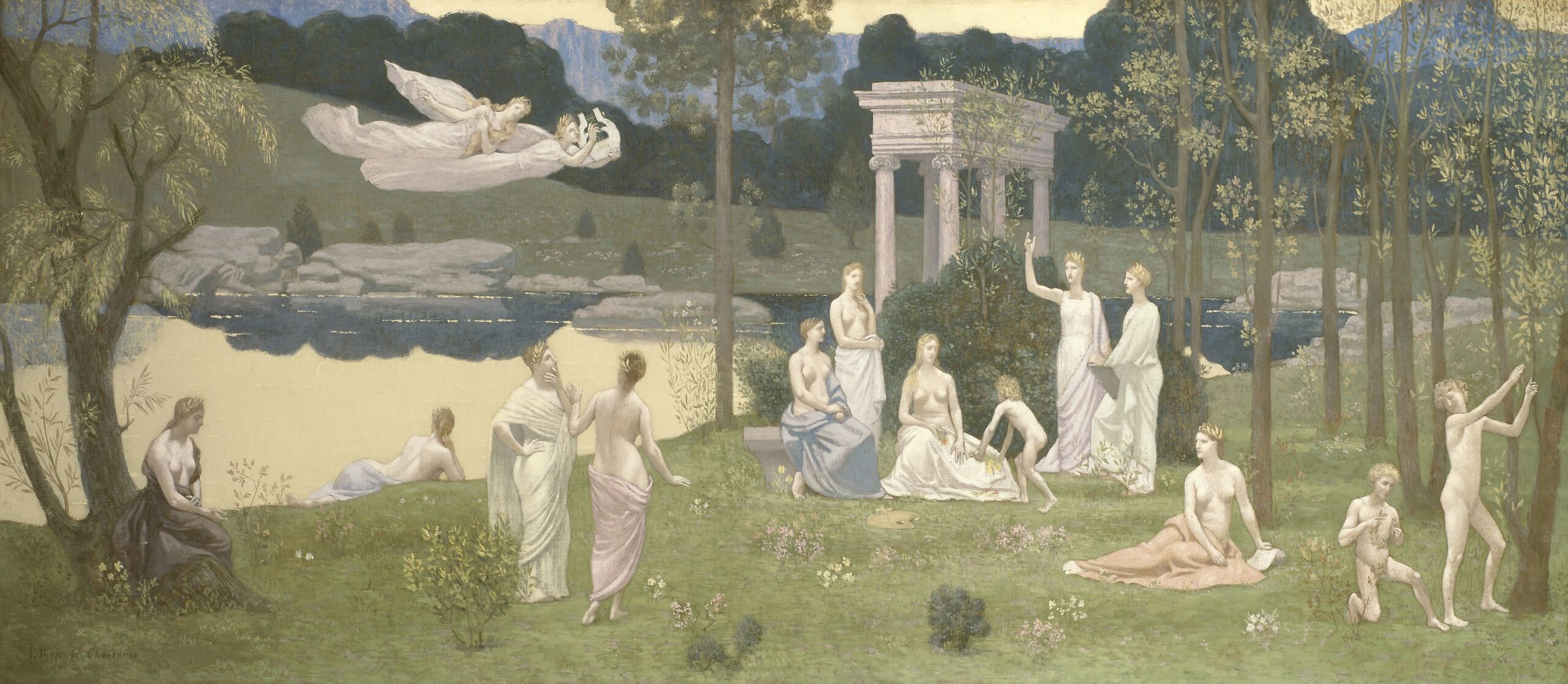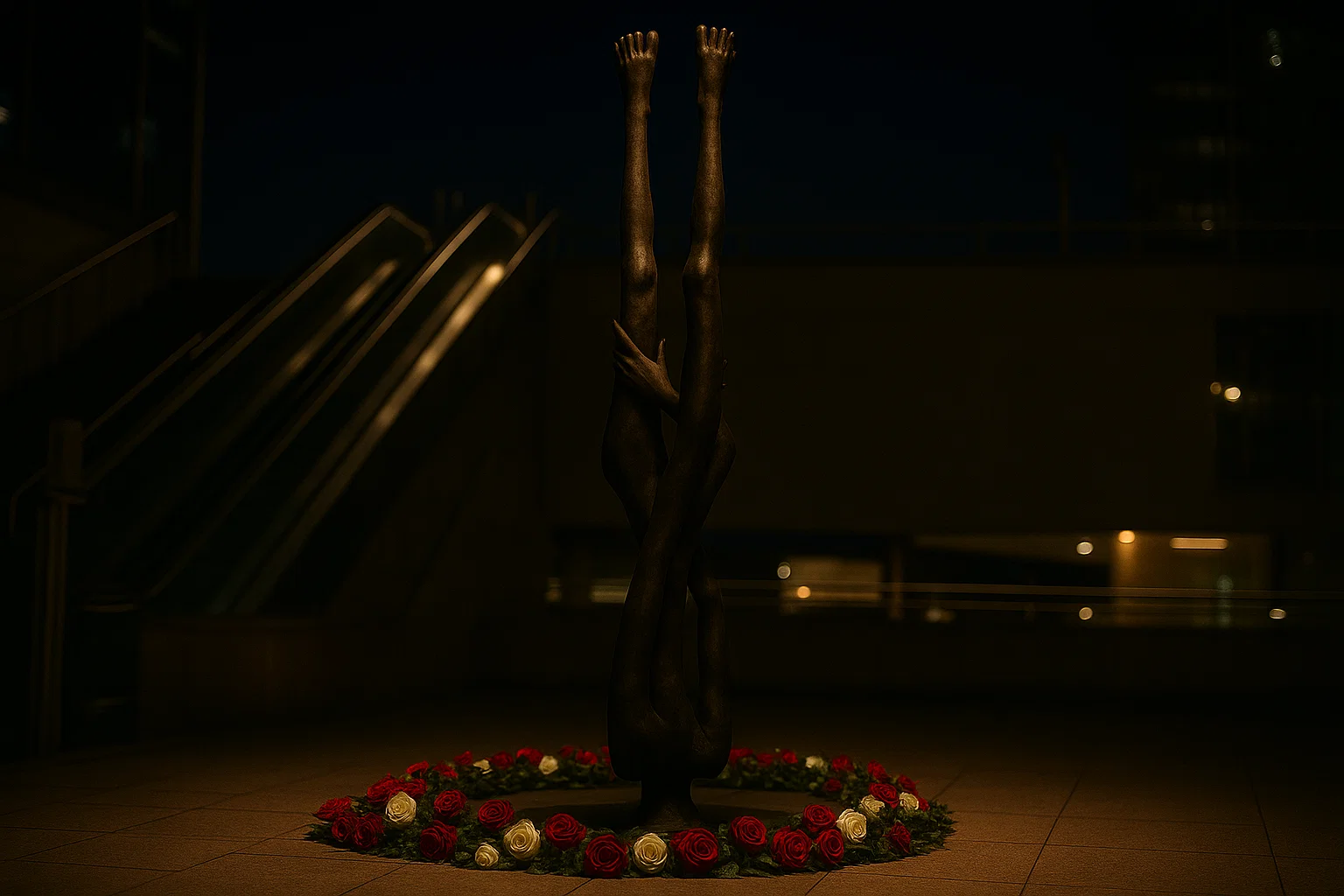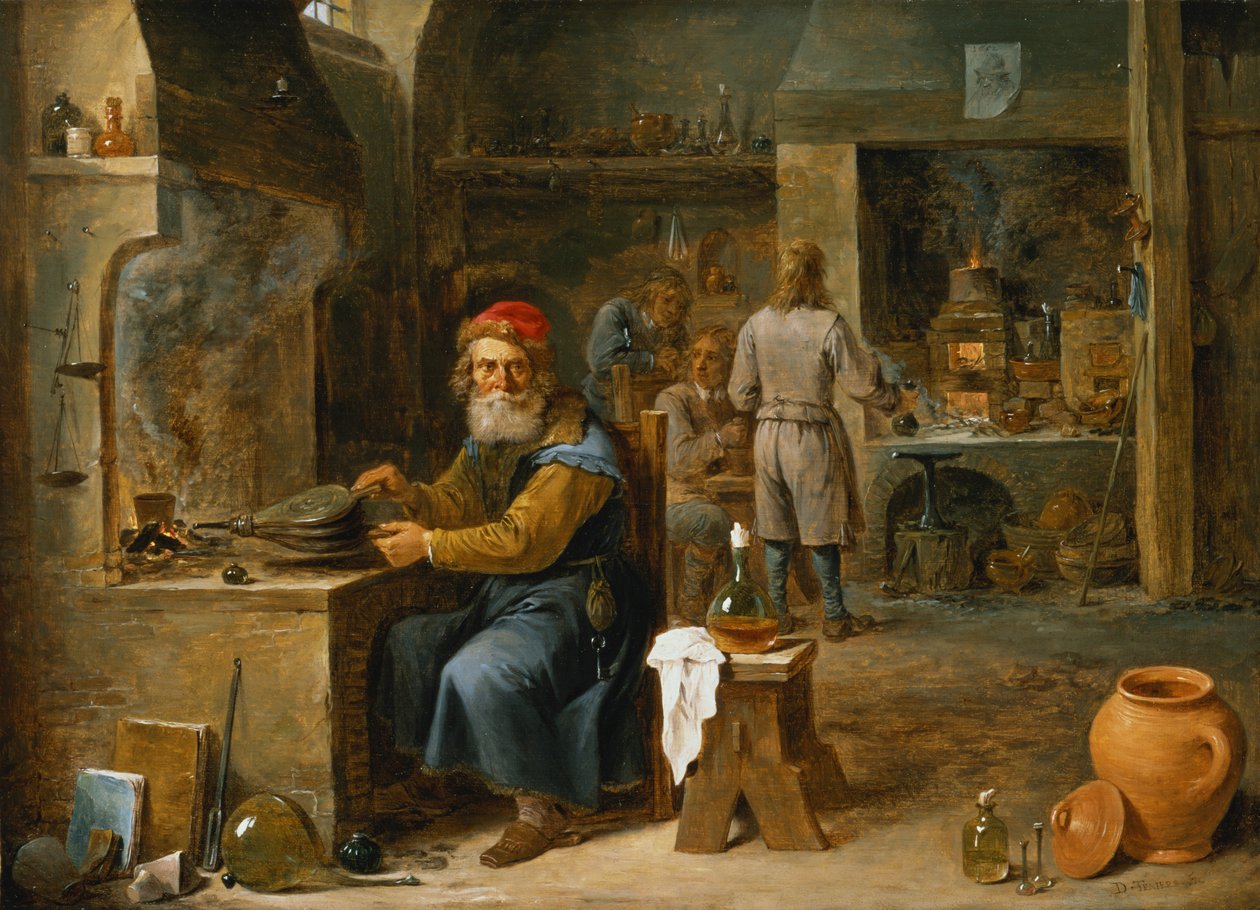Category: Fragments

Throughout the labyrinth of mystical traditions, the figure of the psychopomp emerges with a gravity that transcends mere mythic utility. Rooted in the language of passage, the psychopomp is a bridge; one who guides souls across the perilous frontiers between worlds. In the secret liturgies of the ancients, this figure does not just open doors…

The Book of Ezekiel sits among the wildest precincts of Sacred scripture; a temple of riddles, a furnace of vision, a monument to the soul’s estrangement and the anguish of the city. Every line carries the scent of exile and fire; the prophet speaks from the shattered threshold, when nothing of the old world remains…

At the heart of the Tree of Life, there is an aperture; a doorway inscribed in silence, shimmering between what can be said and what must remain unknown. Da’at is the veiled Sephirah, the secret locus in the kabbalistic architecture of the cosmos. It is both a presence and an absence; a knowing that exceeds…

Collective Reading For When the Womb Sees What the Eyes Cannot If interested in a personal liturgy and reading, please consult this portal. The Mirror speaks as the lunar night folds upon itself at the threshold of Cancer’s anaretic degree; a moment when the cosmic womb completes its cycle and prepares to release the waters…

In the folds of the Levant’s mountains, there exist a people for whom the spoken word carries the weight of an oath. Their villages cluster like votive offerings upon slopes above Sidon and Chouf, their faith persists beneath the cedar’s bough, their names circulate through history as riddles unsolved. The Druze have endured centuries without…

Introduction Umberto Eco’s The Name of the Rose is not merely a medieval detective story. It is a labyrinthine meditation on the nature of knowledge, secrecy, and the sacred symbol of the Rose. The novel, set in a remote Italian abbey, stages a dense interplay of philosophy, semiotics, and spiritual inheritance. To read Eco’s work…

Under the pale gaze of the moon, in the midst of a city whose heart once pulsed with the secrets of Europe, the statue rises, not with the grandeur of the upright, but suspended, head towards earth, body entwined as if the chthonic fires had shaped every muscle and sinew. The place where the statue…

Few bands encapsulate the threshold between public revelation and private longing as elegantly as Tears for Fears. Emerging from the landscape of early 1980s Britain, a nation shifting under the weight of social, political, and technological upheaval, the duo built a sound both lush and intricate, guided by the spectral hand of introspection. The band’s…

The crab moves always sideways, carrying its house upon its back, half hidden between sand and sea. In ancient iconography, the crab was never chosen by accident; its flesh, its movement, its patience and retreat, all these were seen as living emblems of a deeper reality. The Greeks called the sign Cancer, after the crab…
